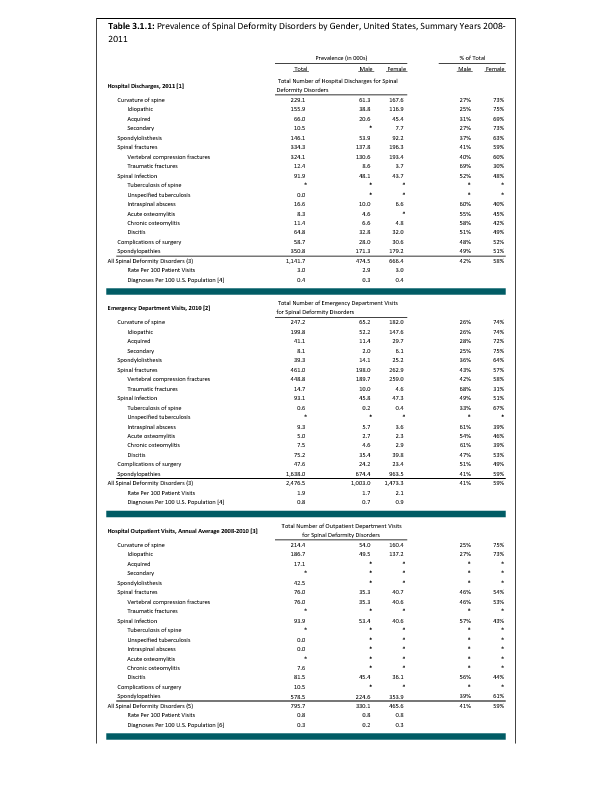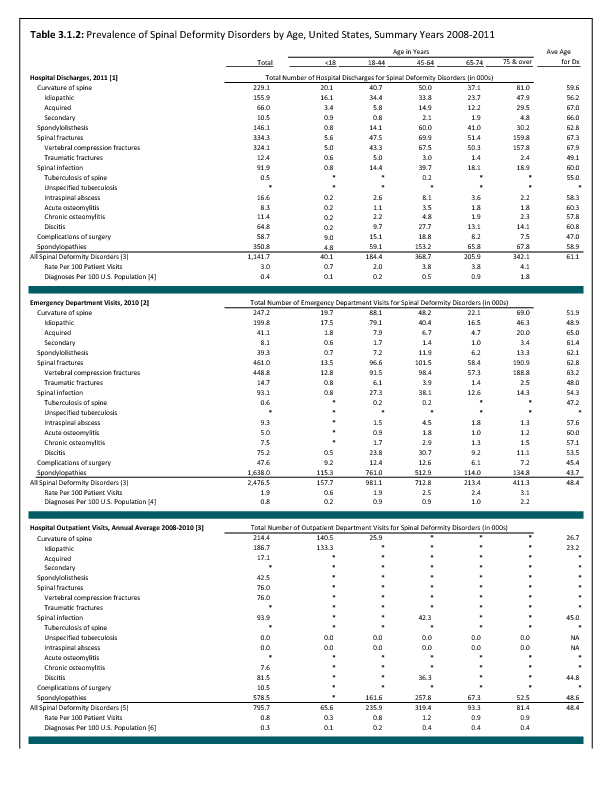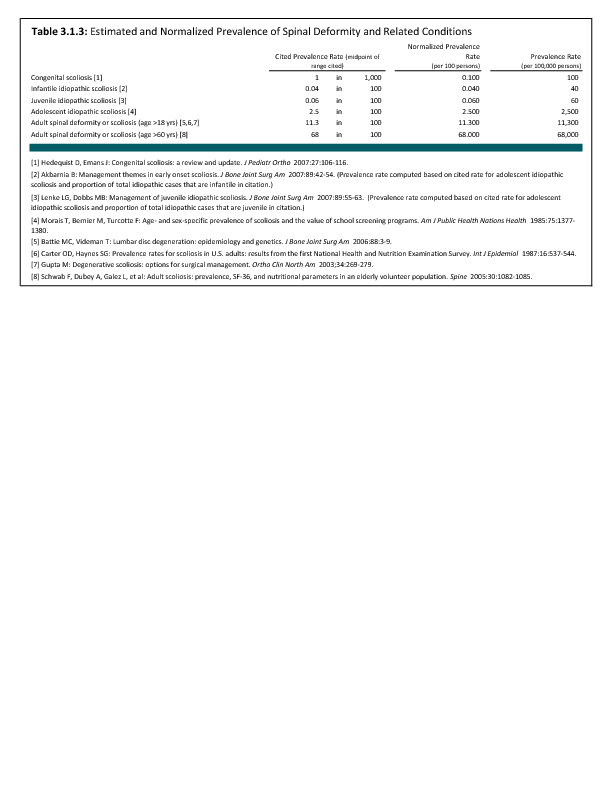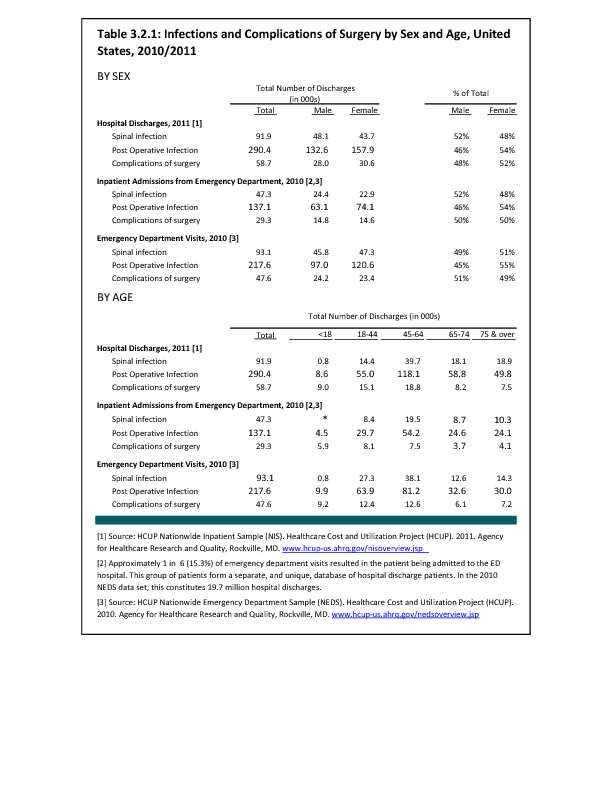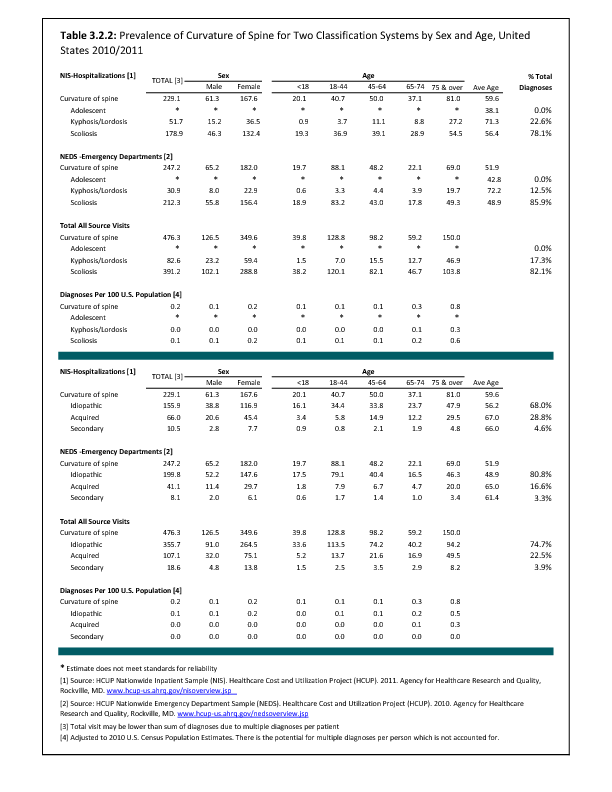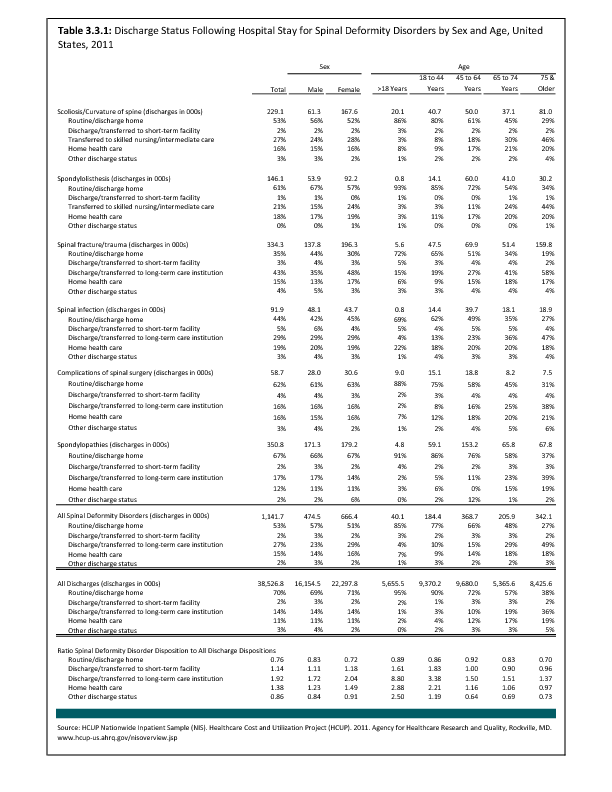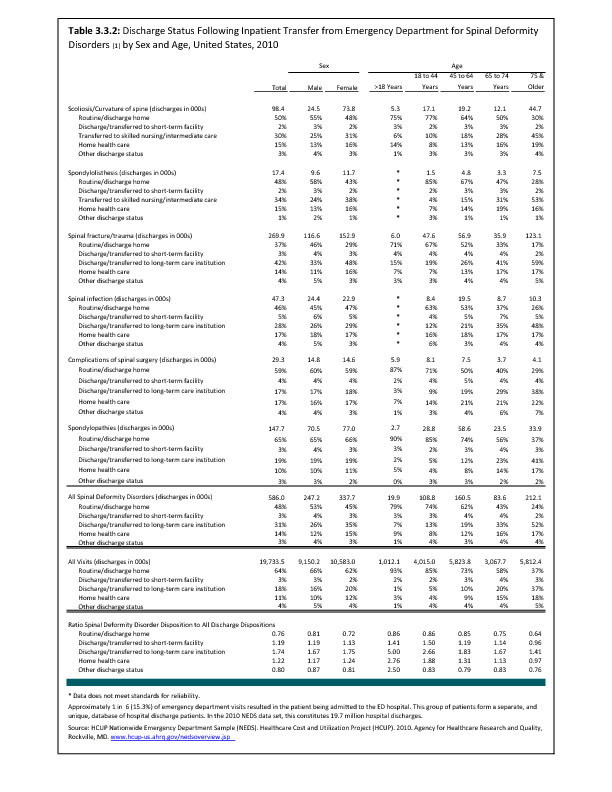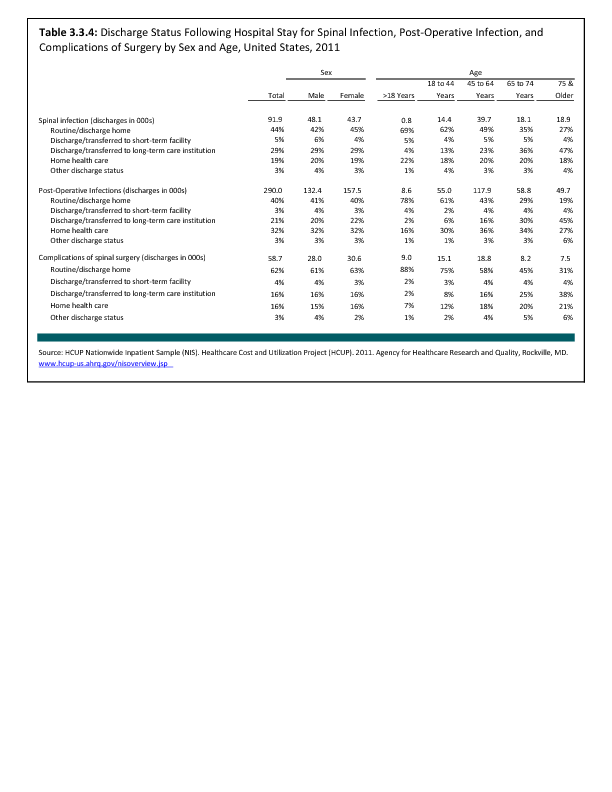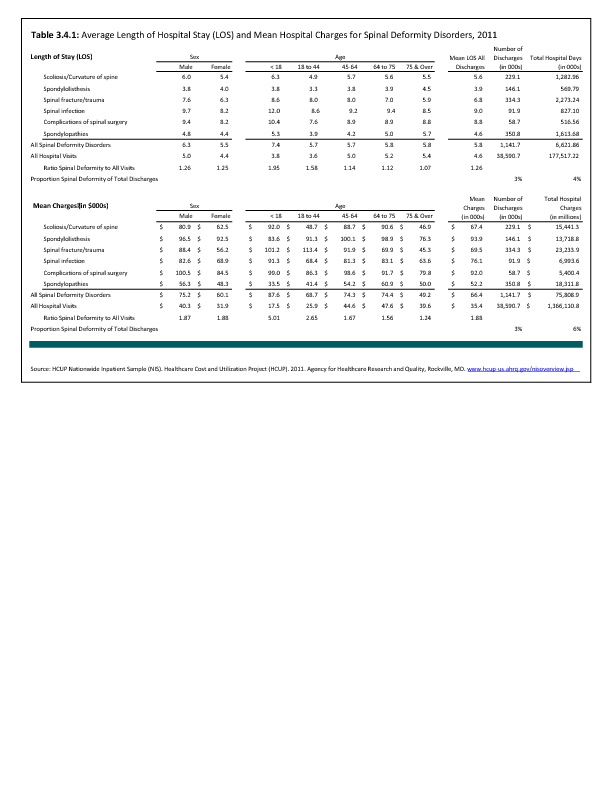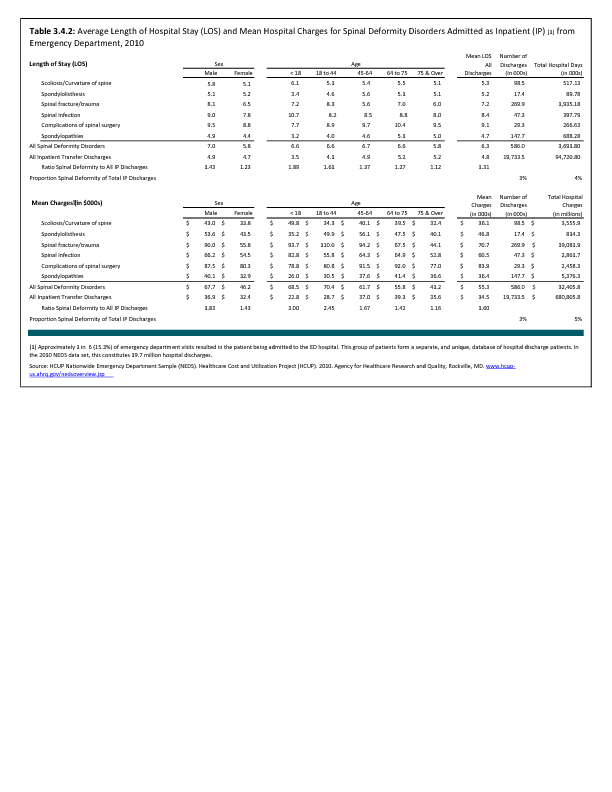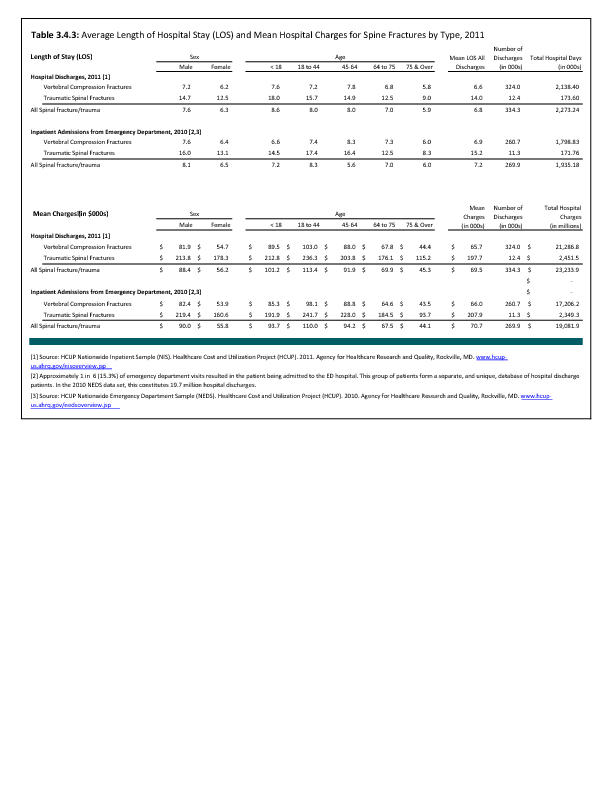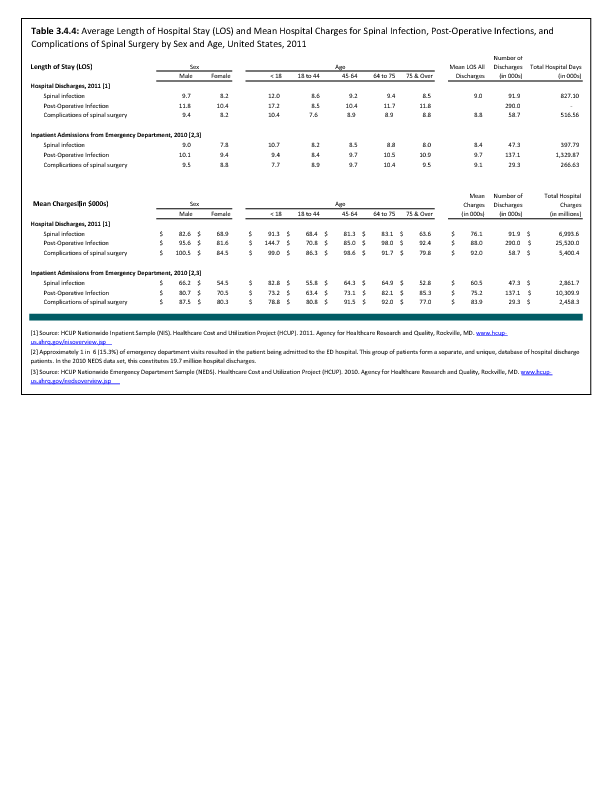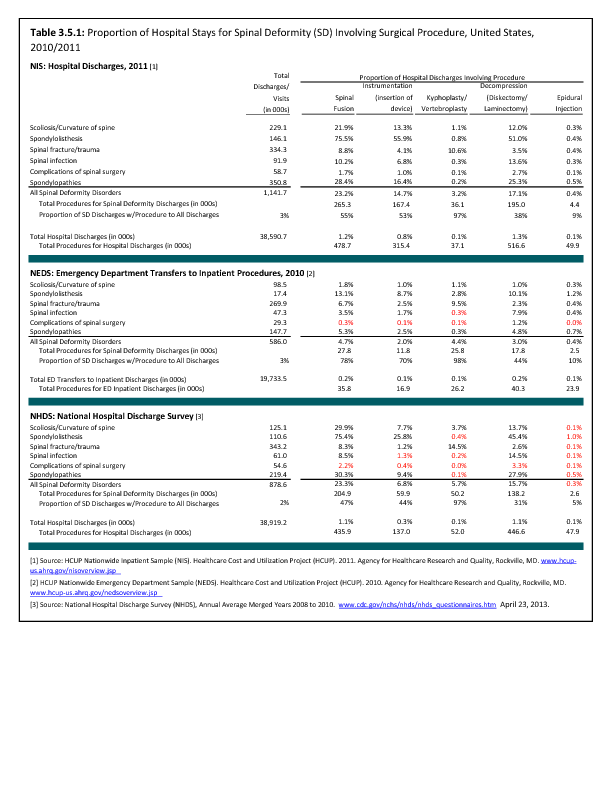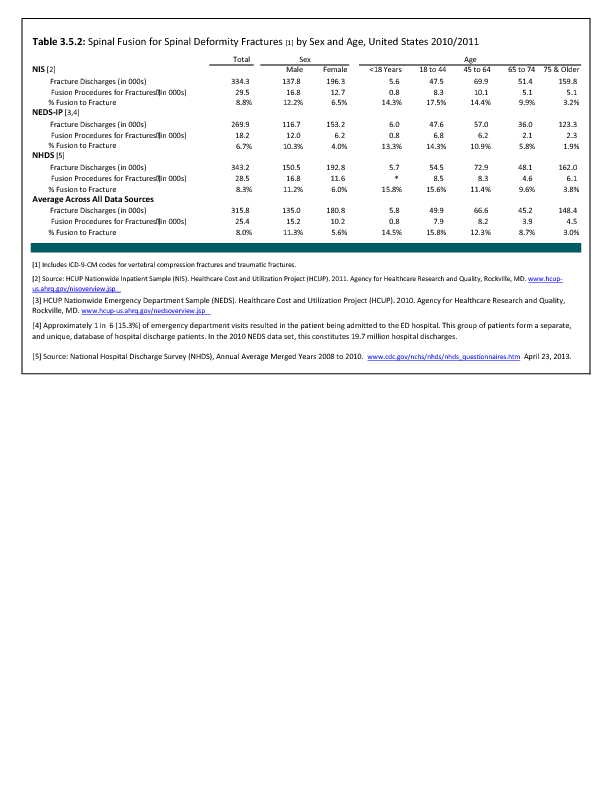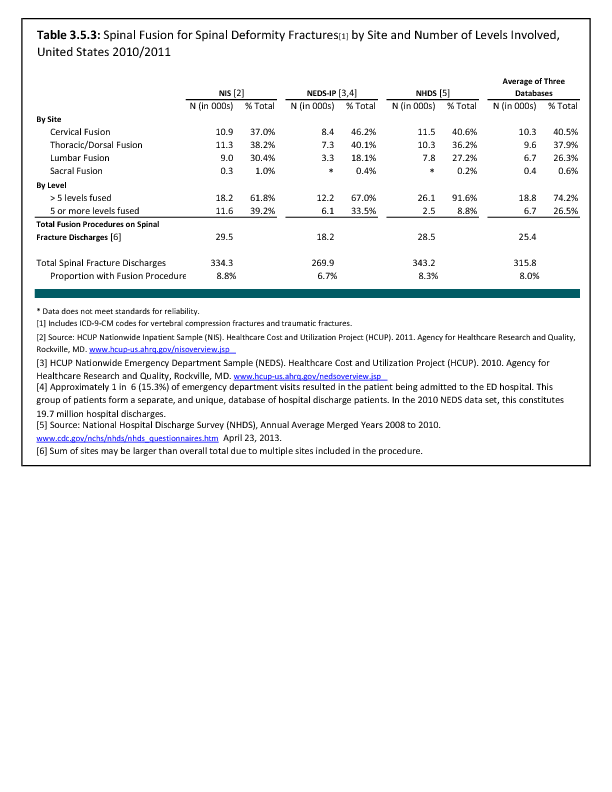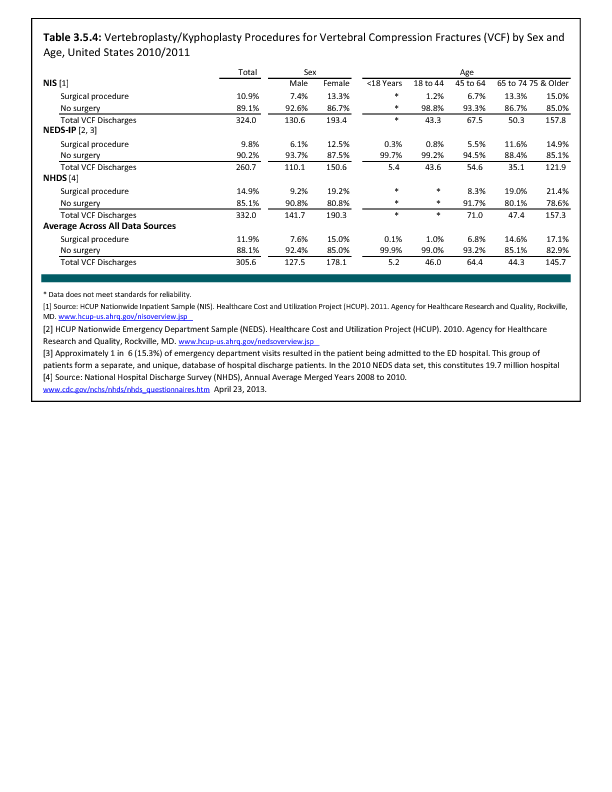The prevalence of spondylolisthesis ranges from 6% to 9% of the population, depending on the etiology studied and screening tools employed.1,2 Spondylolisthesis has not been reported in utero, in non-ambulatory patients, or mammals other than humans, implicating weight bearing forces unique to the upright bipedal spine. Spondylolisthesis and spondylolysis (a defect in the posterior arch without slip or translation) are seen in 4% of children at 6 years of age, 6% at maturity, and as many as 47% of athletes in high-risk sports such as gymnastics.1,2,3 Back pain is the most common complaint, but neurologic involvement may be seen with associated stenosis or progression and deformity. Children diagnosed prior to skeletal maturity or with slips greater than 50% are most likely to progress.4
- 1. a. b. Fredrickson BE, Baker D, McHolick WJ, Yuan HA, Lubicky JP: The natural history of spondylolysis and spondylolisthesis. J Bone Joint Surg Am 1984;66:699-707.
- 2. a. b. Iguchi T, Wakami T, Kurihara A, Kasahara K, Yoshiya S, Nishida K: Lumbar multilevel degenerative spondylolisthesis: Radiological evaluation and factors related to anterolisthesis and retrolisthesis. J Spinal Disord Tech 2002;15:93-99.
- 3. Congeni J, McCulloch J, Swanson K: Lumbar spondylolysis: A study of natural progression in athletes. Am J Sports Med 1997;25:248-253.
- 4. Boxall D, Bradford DS, Winter RB, Moe JH: Management of severe spondylolisthesis in children and adolescents. J Bone Joint Surg Am 1979; 61:479-495.
Edition:
- 2014

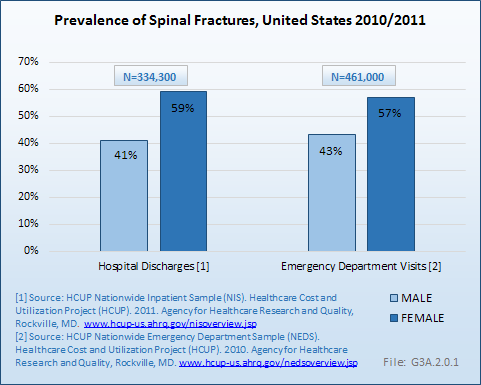
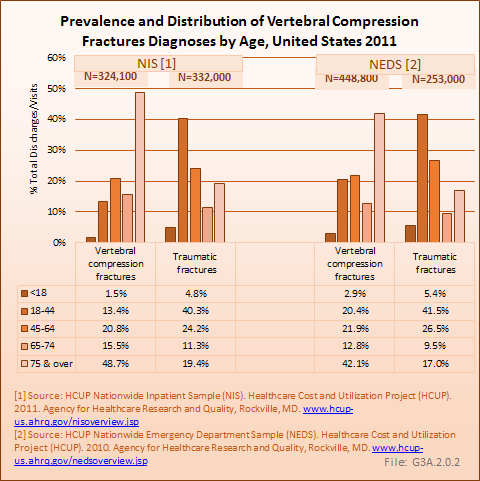
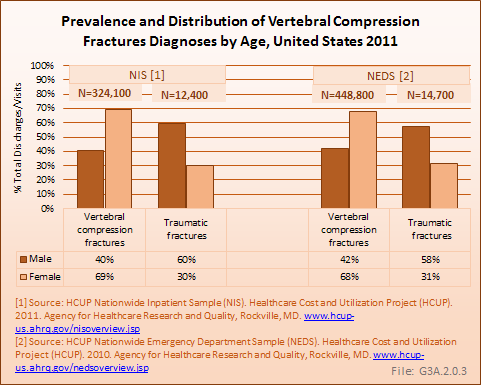

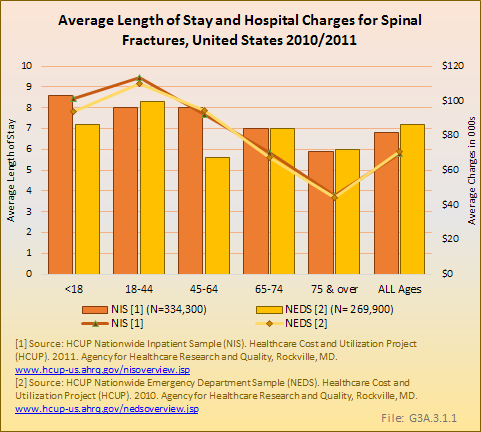
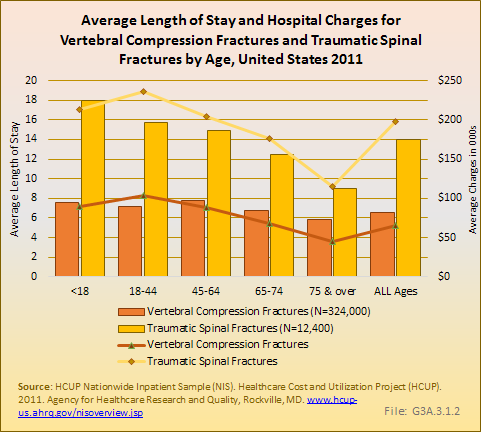
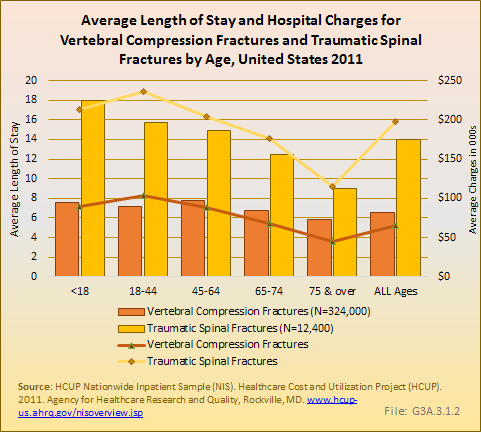
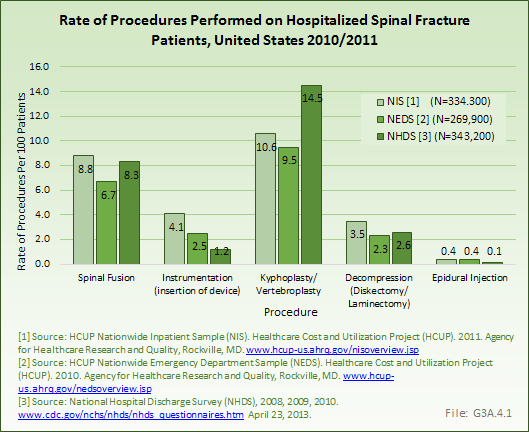

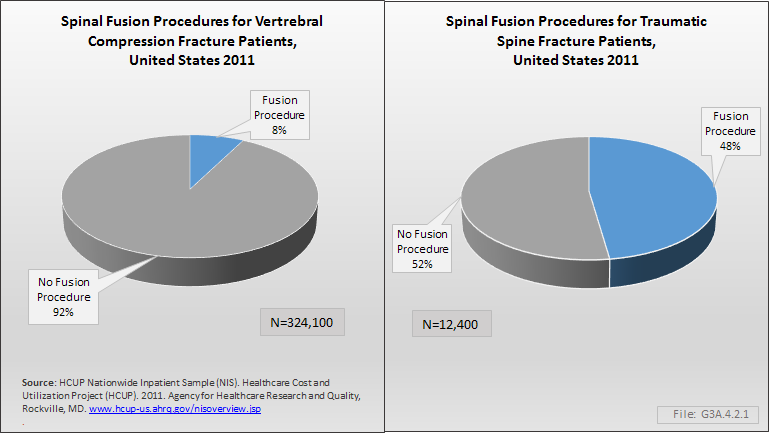
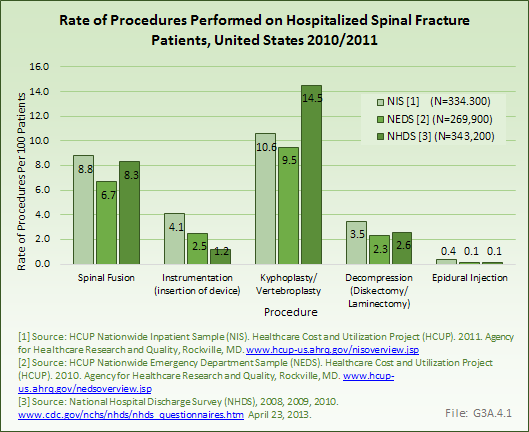

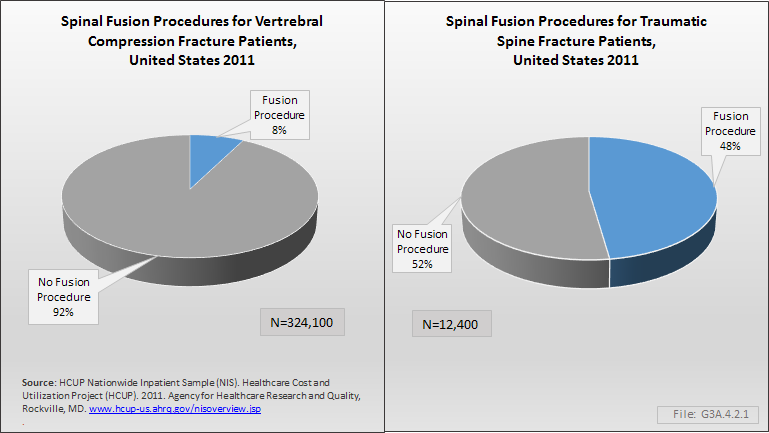
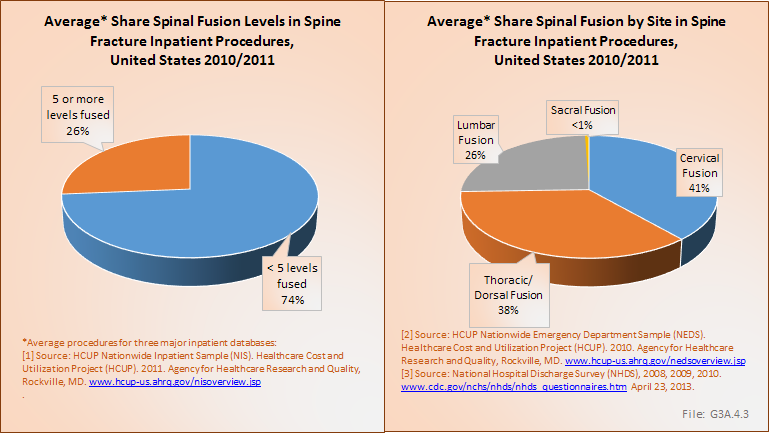

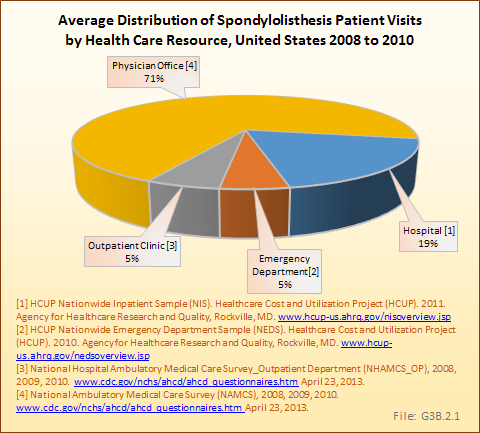
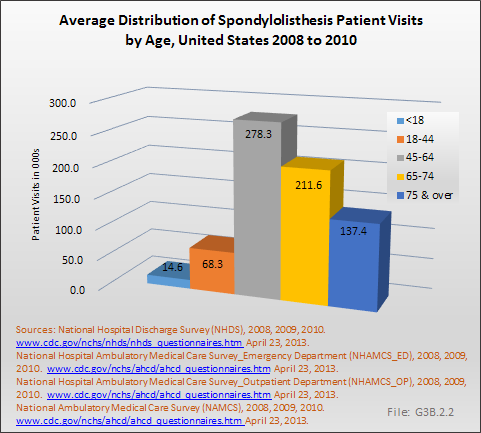

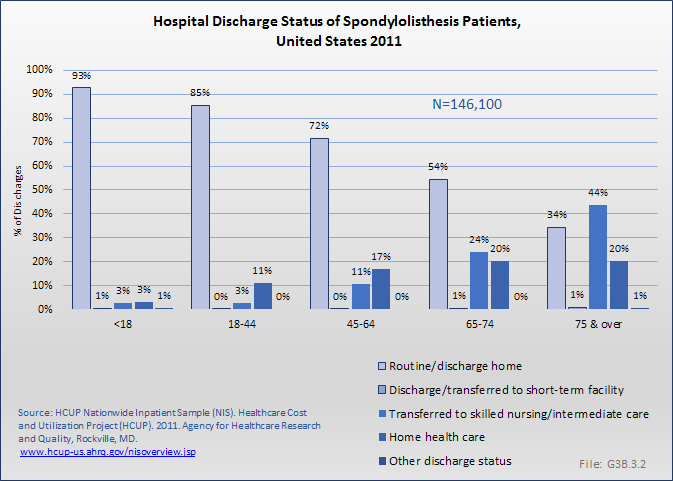
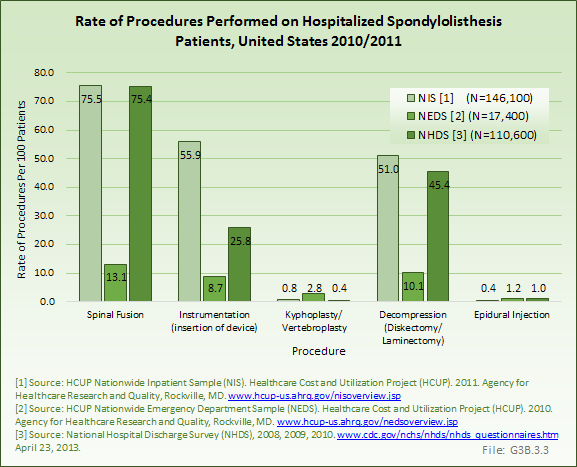

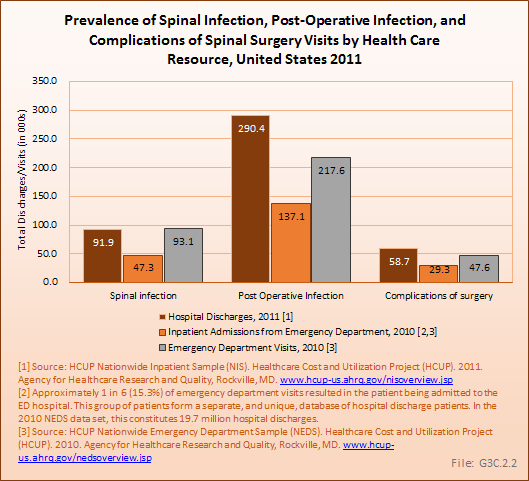
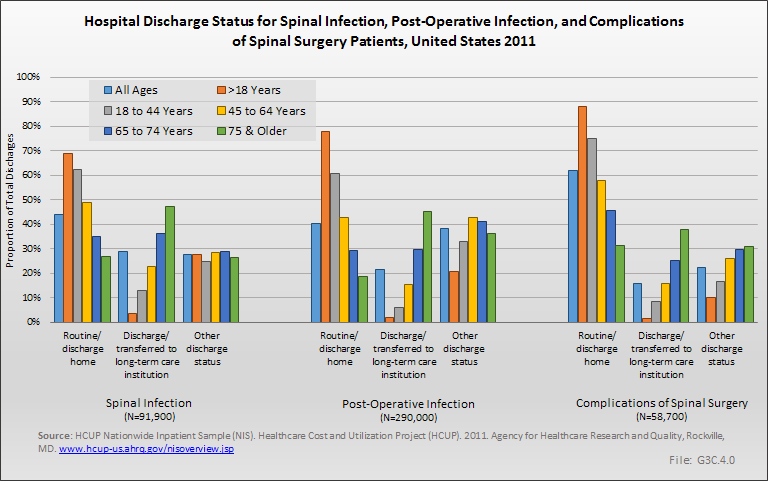


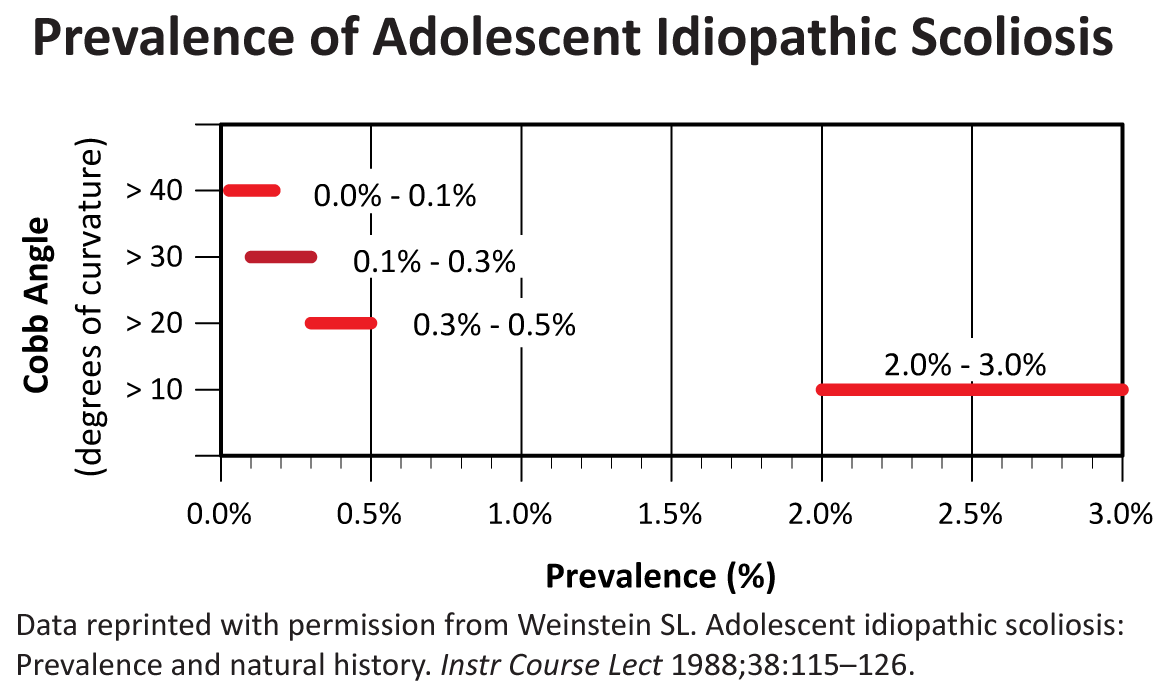
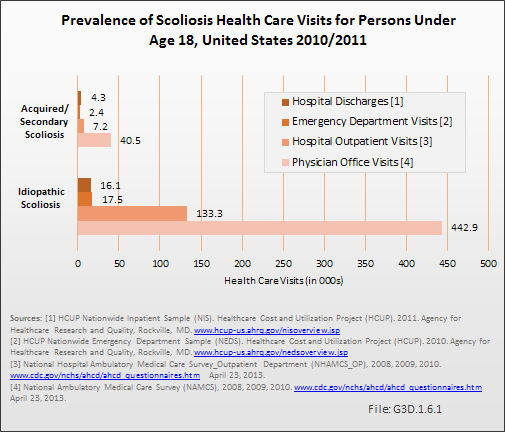
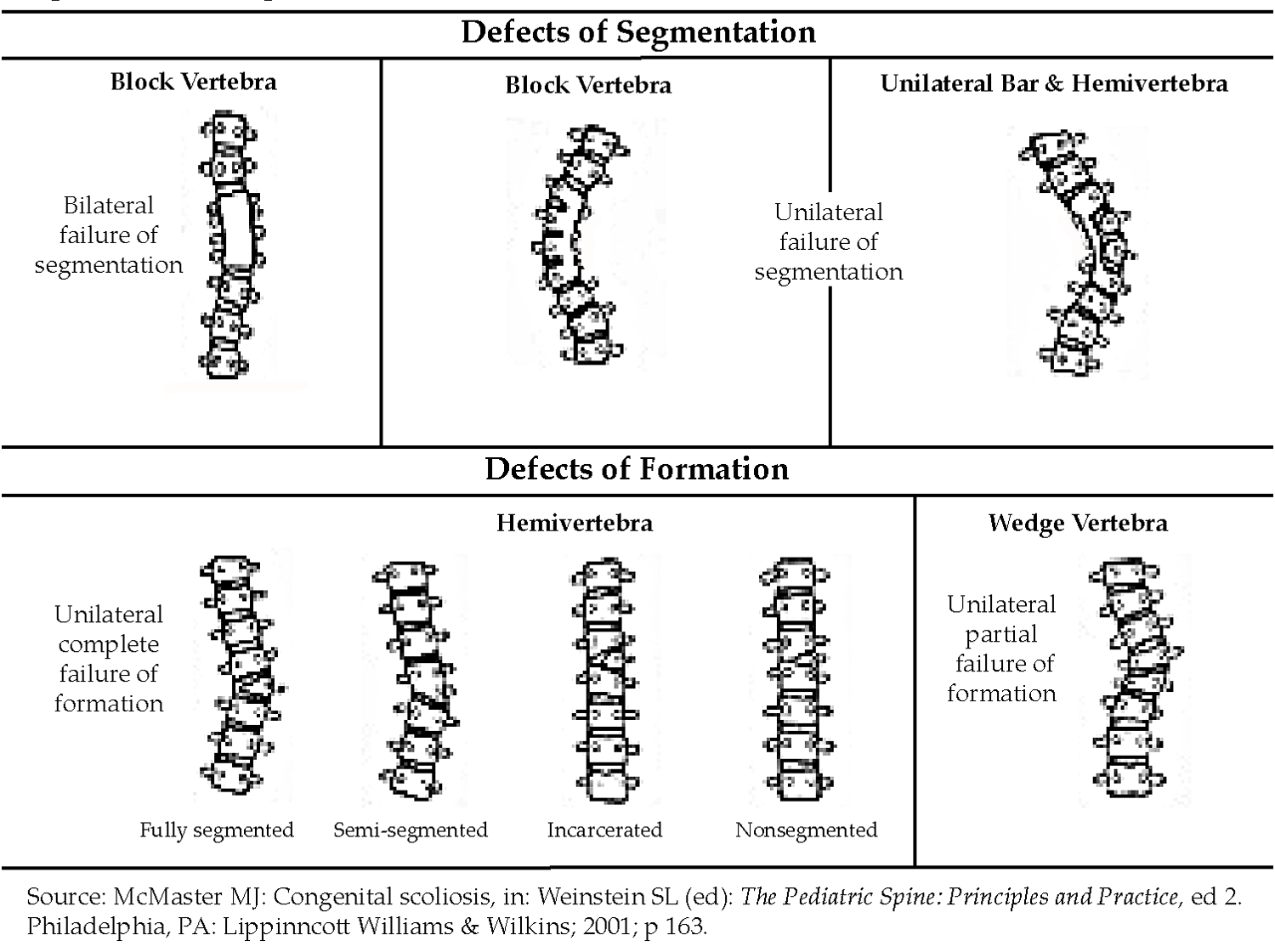
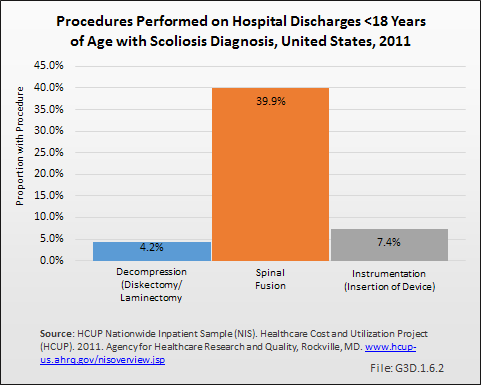

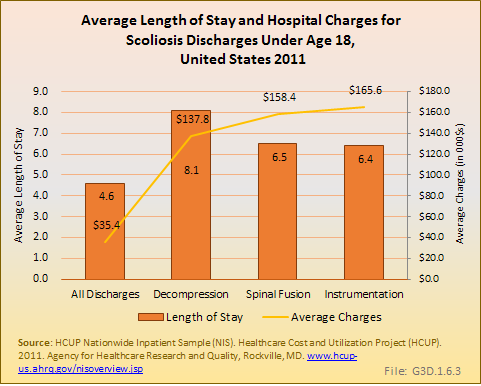
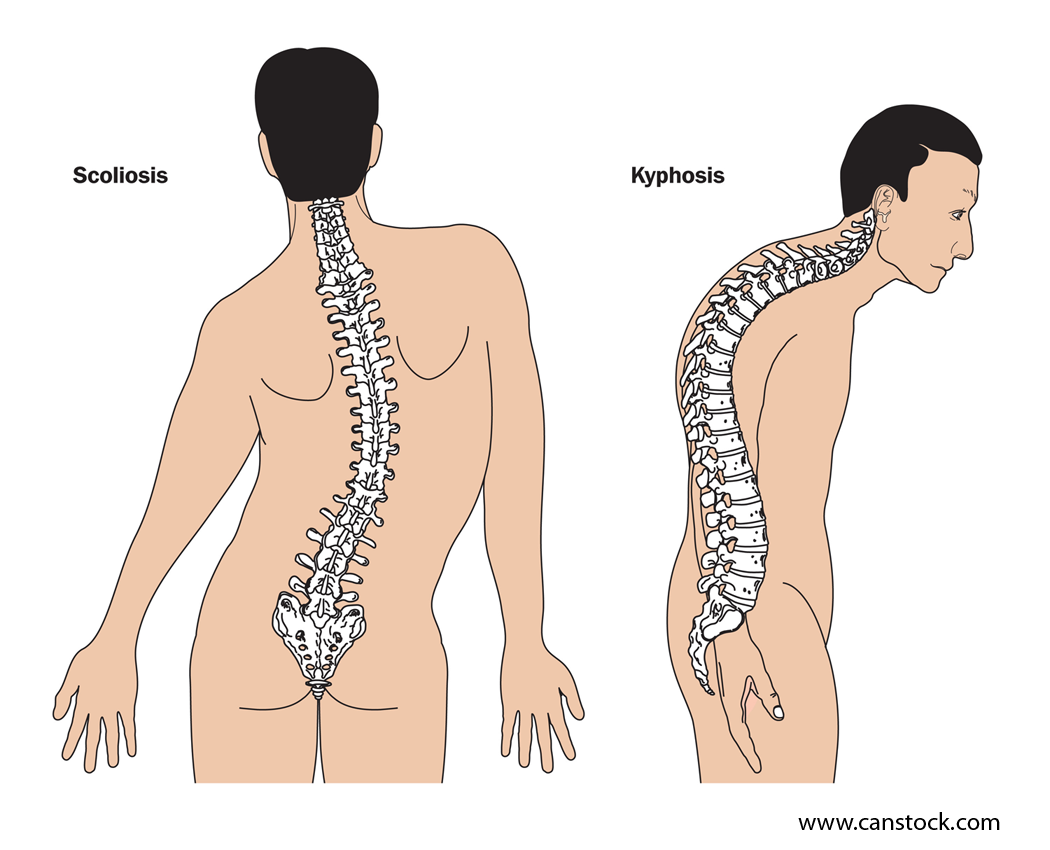
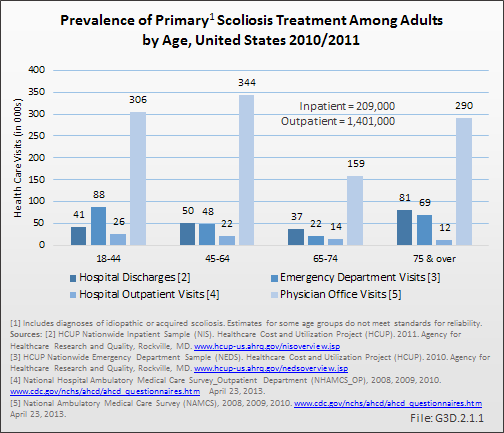
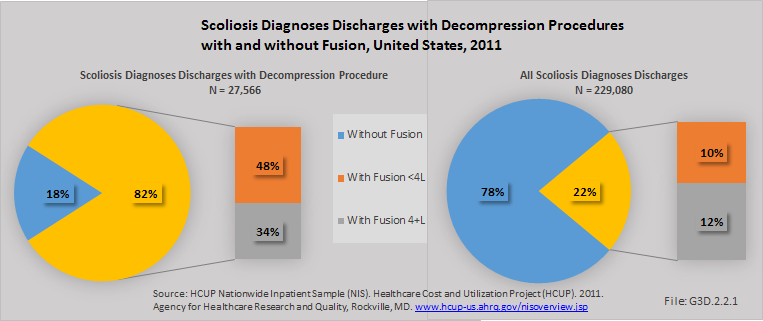
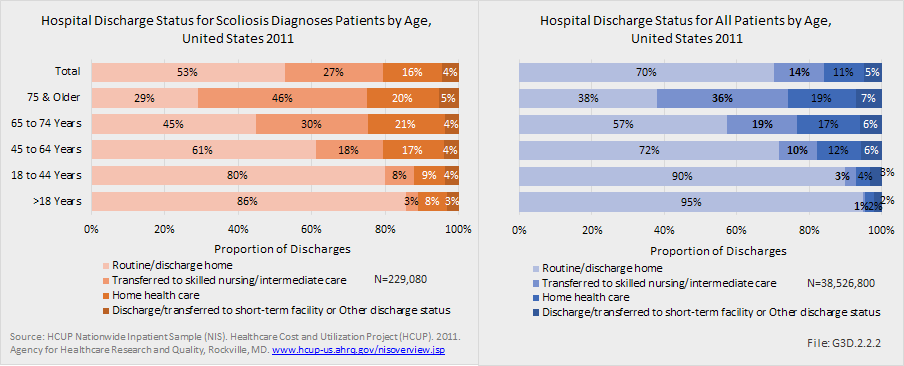

 Download as CSV
Download as CSV